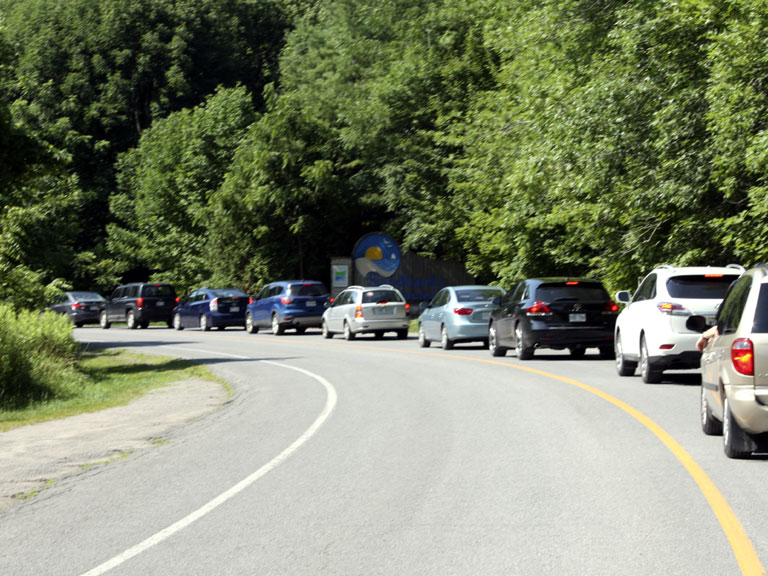County News
Taxing

Council directs staff to prepare a report on implementing a Municipal Accommodation Tax
At Thursday’s Committee of the Whole, a report by the County’s Community Development Supervisor, Todd Davis, was passed with a motion to direct staff to develop a proposal to introduce a Municipal Accommodations Tax (MAT), which would be levied on visitors to Prince Edward County.
Similar taxes that exist in areas such as Niagara Falls are called Destination Marketing Fees (DMF). This fee is a tax that can be applied to anything tourist related, such as food and entertainment. A bill from a restaurant in Niagara Falls will have a line item showing the DMF. This fee would be removed for local residents, but that is something they would have to tell the server in advance.
But, the DMFs are industry-led initiatives, collected by tourism operators on a voluntary basis. These funds give accommodation providers and tourism operators a means to support regional tourism marketing. These fees are not legislated by the government, and the monies collected do not go back to provincial or municipal governments.
In December 2017, the Ontario government passed Ontario Regulation 435/17 Transient Accommodations Tax legislation that gives municipalities the authority to implement a municipal accommodations tax. This tax will include any roofed accommodations that rent consecutive room nights of less than 30 days. The municipality will have discretion as to which types of accommodations a MAT will be applied to; however, the tax can only be applied to accommodation charges—not to food or other services. The municipality sets the tax as a percentage of the room cost and it is charged to the customer on the bill just like HST. Although four per cent has been unofficially set as the industry standard for a MAT, municipalities will have discretion to set this rate as they see fit. The operator of the accommodation will be responsible to collect and remit the tax to the municipality. This new tax combined with exponential increases in tourist activity over the last few years could represent a significant new revenue source for the County.
Notably, the new legislation stipulates that the municipality must provide a portion of the funds from an MAT to an eligible tourism promoting entity within the community. The remaining funds, minus collection and administration costs, can be used at the discretion of the municipality.
“A DMF has not existed in Prince Edward County until quite recently, with the newly formed Prince Edward County Accommodation Association (PECAA),” states Davis in his report. “Prior to the formation of this new group, a limited number of local accommodators contributed to the Quinte Accommodations and Attractions Association (QAAA) – a DMF composed of mostly branded hotel members within the Bay of Quinte region. Fees collected by their members were remitted to QAAA and used to market the area through the Bay of Quinte Regional Marketing Board. ”
At the Committee of the Whole on Thursday, it was recommended that an internal task team be established to study the pros and cons of this transient accommodation tax for the County. The team would consult with local accommodation providers in the County and would also consider the implications a tax like this would have on the local economy. It would also determine administration costs, identify collection mechanisms and develop recommendations for the incoming council regarding the introduction of such a task.
Based on conservative estimates, the projected gross revenue from the MAT in the County is projected at $836,494 in remittance to the municipality at a rate of four per cent. It is also to be noted that the tax amount will be shared with a local tourism promoting entity. The task team is looking at meeting over the first quarter of 2019, with the goal of bringing a proposal to council by the end of the second quarter of 2019.

Comments (0)